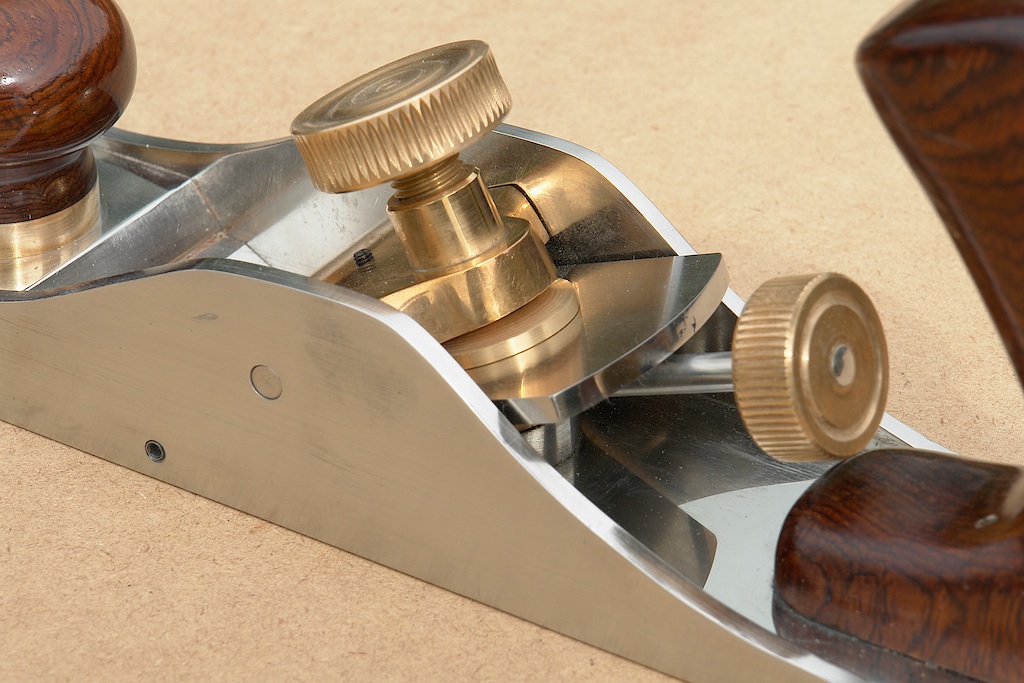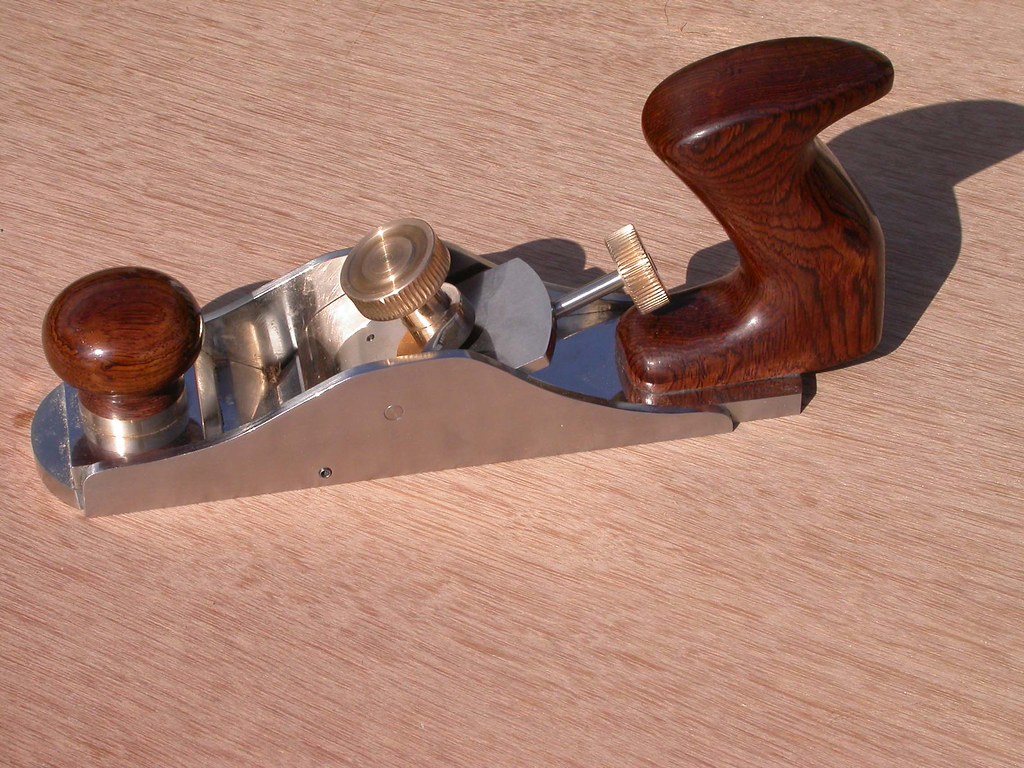head clansman
Established Member
Hi all
my workshop exterior is now completed , soon to start fitting machinery to the interior though out the coming year, later into the year i want to start making benches and wall hung tool cabinets , i have a near full set of stanley planes from no 7 - no 3
I really fancy making a set of bronze infill styled planes for working hard wood , infill plane have a higher set frog nearer to 50 degrees better for planing hard woods i have managed to get several design of various plan designs & was wondering does anyone know where to buy the the bronze infill body casts from or even the complete kit so i can manufacture the whole thing myself . I have tried a place in bristol he promised twice to send me details and never and a guy in devon who never replied and the st james company in america when there catalogue arrive soaking wet and ripped to sheds never bother ed to send another so i need help .
Any body here made there own planes before , where did you get all the parts from ? Any pointers would be a help thanks in advance . hc
my workshop exterior is now completed , soon to start fitting machinery to the interior though out the coming year, later into the year i want to start making benches and wall hung tool cabinets , i have a near full set of stanley planes from no 7 - no 3
I really fancy making a set of bronze infill styled planes for working hard wood , infill plane have a higher set frog nearer to 50 degrees better for planing hard woods i have managed to get several design of various plan designs & was wondering does anyone know where to buy the the bronze infill body casts from or even the complete kit so i can manufacture the whole thing myself . I have tried a place in bristol he promised twice to send me details and never and a guy in devon who never replied and the st james company in america when there catalogue arrive soaking wet and ripped to sheds never bother ed to send another so i need help .
Any body here made there own planes before , where did you get all the parts from ? Any pointers would be a help thanks in advance . hc






